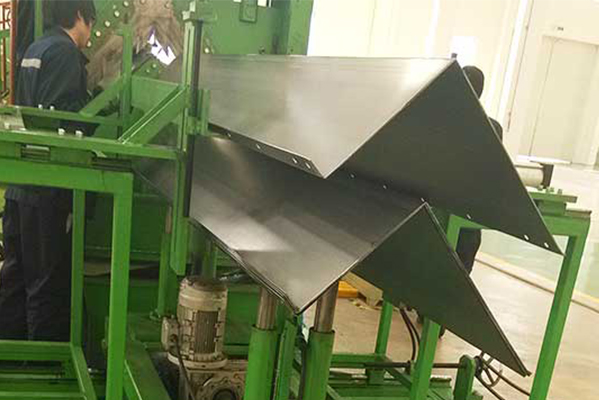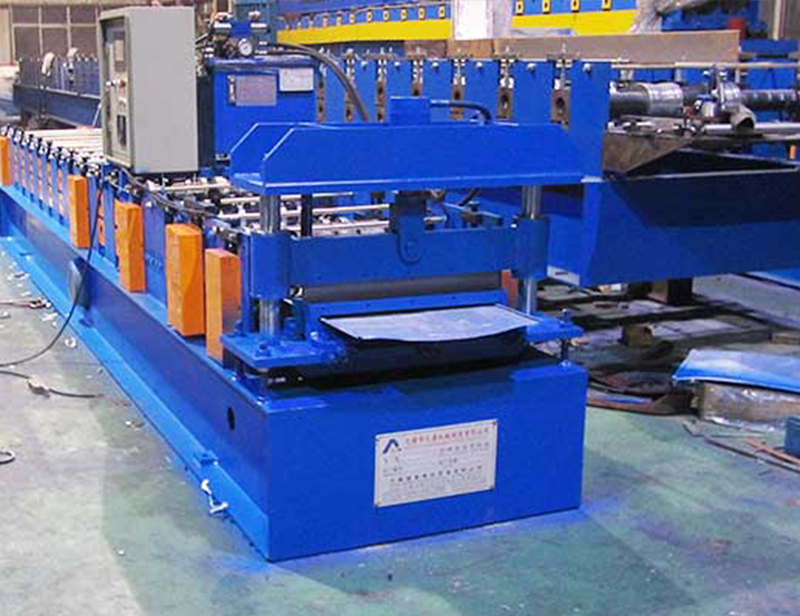Navigation Menu
Contact Us
- Email:
- info@wxavatar.com
- Address:
- Yurong Village, Yuqi Street, Huishan District, Wuxi, China.
Release Date:Jul 29, 2025 Visit:40 Source:Roll Forming Machine Factory
The adoption of new roll forming solutions for silo manufacturing presents several challenges for manufacturers. While advanced roll forming technologies can improve efficiency and product quality, companies often encounter obstacles during implementation. This article examines the key difficulties manufacturers face when integrating modern roll forming systems into their silo production processes.

1. High Initial Investment Costs
One of the primary challenges is the significant capital required to acquire and install new roll forming equipment. Modern roll forming machines designed for silo production often involve substantial upfront costs, including:
Purchase of new machinery
Retooling expenses
Installation and calibration
Operator training programs
Small and medium-sized manufacturers may find it difficult to justify these expenses without guaranteed returns.
2. Technical Compatibility Issues
Integrating new roll forming systems with existing production lines can be complex. Manufacturers may face challenges such as:
Mismatched production speeds between old and new equipment
Differences in material handling requirements
Inconsistent dimensional tolerances
Software integration problems with legacy systems
These compatibility issues can lead to production delays and increased downtime.
3. Workforce Training and Skill Gaps
New roll forming technologies often require specialized knowledge to operate effectively. Common workforce-related challenges include:
Retraining experienced employees on new systems
Hiring technicians familiar with advanced roll forming processes
Overcoming resistance to change among long-term staff
Maintaining consistent quality during the transition period
A lack of skilled operators can hinder the successful adoption of advanced roll forming solutions.
4. Material Selection and Performance Concerns
Silo manufacturers must ensure that new roll forming processes work effectively with their chosen materials. Potential challenges include:
Adjusting forming parameters for different steel grades
Maintaining structural integrity in curved or corrugated profiles
Preventing material deformation or stress fractures
Achieving consistent thickness in formed sections
Material-related issues can impact the durability and performance of finished silos.
5. Production Disruptions During Transition
Implementing new roll forming solutions often requires temporary shutdowns or reduced output, leading to:
Delayed order fulfillment
Increased lead times for customers
Potential loss of business during the transition phase
Higher operational costs due to parallel production systems
Minimizing these disruptions while maintaining quality standards remains a significant challenge.
6. Quality Control and Consistency
Ensuring consistent product quality with new roll forming equipment can be difficult due to:
Variations in machine calibration
Differences in forming precision compared to previous methods
New defect patterns that require updated inspection protocols
Adjustments needed in welding and joining processes
Manufacturers must establish revised quality control measures to maintain reliability.

Conclusion
While new roll forming solutions offer potential benefits for silo manufacturing, companies must carefully address these challenges to ensure a smooth transition. Successful adoption requires strategic planning, adequate training, and phased implementation to minimize disruptions. By understanding these obstacles, manufacturers can make informed decisions when upgrading their roll forming processes for silo production.
This article provides a balanced overview of the challenges without relying on exaggerated claims or restricted terminology, making it suitable for professional audiences and search engine visibility.